World 🢖 Australia and Oceania 🢖 Melanesia 🢖 Solomon Islands
Prehistoric fortifications 🢔 Fortifications 🢔 Archaeological wonders 🢔 Categories of wonders
Wonder
Nusa Roviana hillfort and shrines
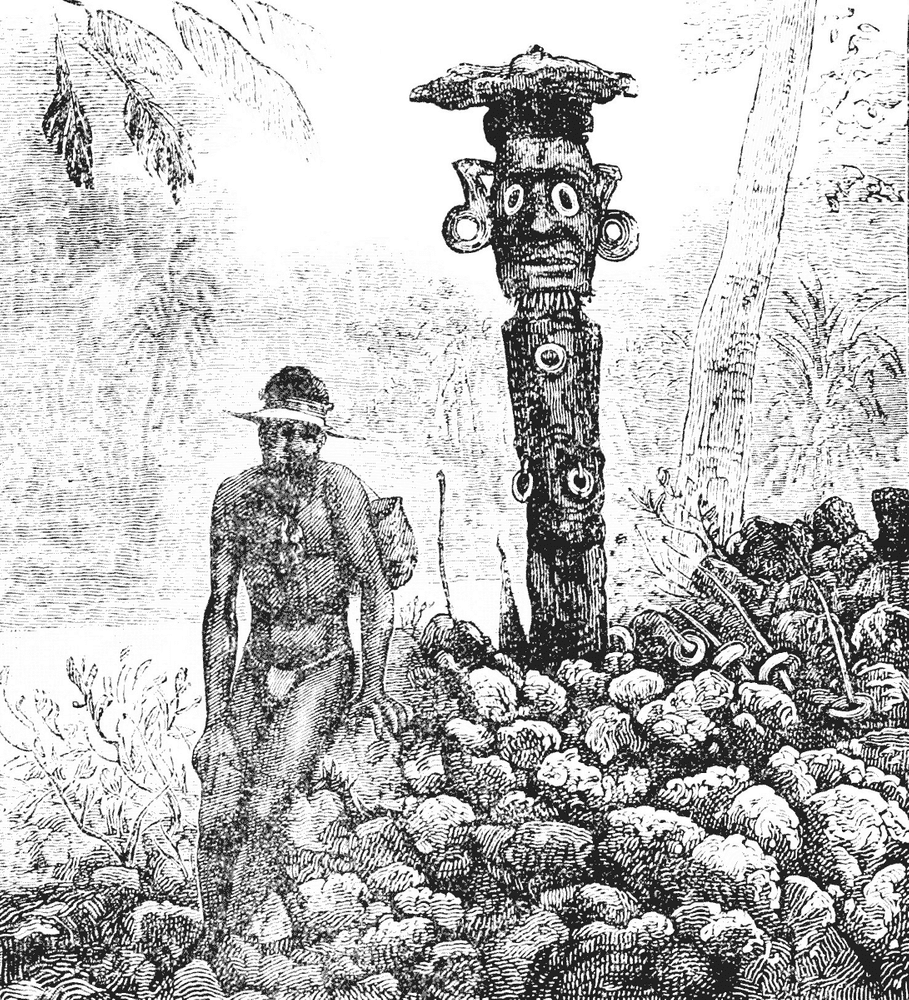
 In short
In short
By the end of the 19th-century British administration of Solomon Islands got weary from the constant headhunting expeditions organized by chiefs of New Georgia island and especially – by the sinister Ingova from Nusa Roviana. Marine forces were called in and more than 150 war canoes of aggressive head hunters were destroyed. Troops moved inland, conquered Nusa Roviana fortress, and destroyed numerous appalling shrines filled with skulls.
 40.8%
40.8%
GPS coordinates
Location, address
Alternate names
Age
Culture
Map of the site
If you see this after your page is loaded completely, leafletJS files are missing.
 In detail
In detail
Forgotten history?
Ingova died in 1906, and by that time the Solomon Islands were changing. More and more locals turned into fervent Christians and the power of violence and fear was substituted by the power of money.
Many people were happy to forget the times of headhunting and nightmarish rituals. This terror of the past seems to be present even in scientific research – more attention of archaeologists was turned towards the ancient Lapita culture instead of more recent cultures. Nevertheless, the jungle of many islands in Western Province was (and still is) dotted with cultural heritage – stone structures, statues, skull houses, agricultural systems.
But it is wrong to state that no one was interested in recent Melanesian history. There has been collected the rich folklore and mapped archaeological monuments.
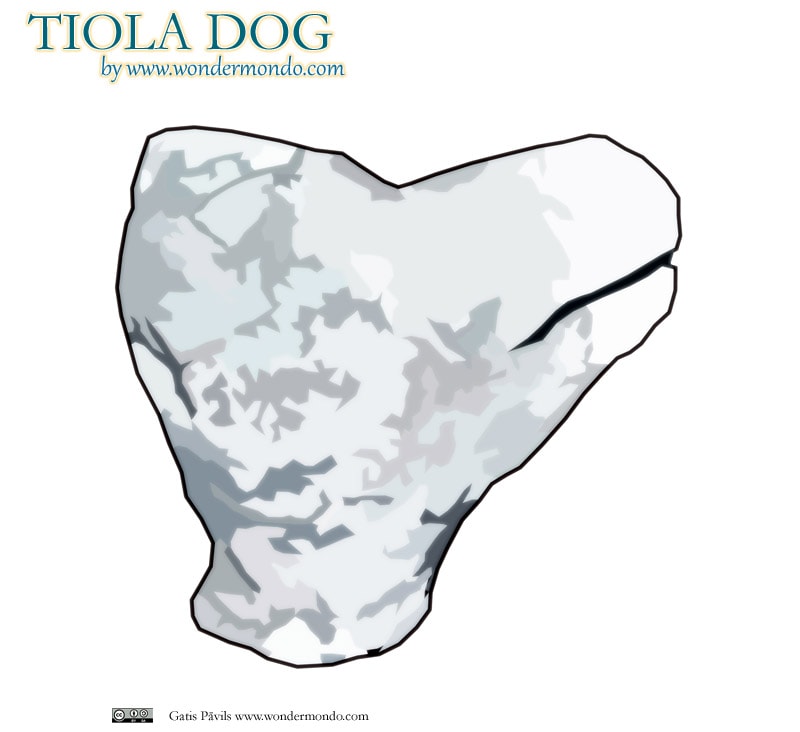
Abandoned fortress
By the end of the 1990s there were organized first archaeological excavations in the abandoned settlement of Nusa Roviana.
This exciting archaeological monument is little known outside the Solomon Islands. It is located on Nusa Roviana Island – a small island near New Georgia Island. In the center of this island is located a forested ridge.
On this ridge is built 600 m long hillfort with four transversal walls made of coral pebble and several ditches. The walls are quite impressive: the most impressive part of fortification – Barairiranga – has 3 m high walls.
Construction of such fortress certainly required well-coordinated work of a large group of workers.
Hillsides of the fortress are terraced. There are 20 – 30 terraces cut in coral, adjusted for gardening and residential buildings. To the north from the fortress are located remnants of Kalikoqu – ancient seaside settlement.
Shull shrines
The most exciting feature of Nusa Roviana is 13 shrines – each with its own name. These shrines contain human skulls, shell valuables, many other artifacts and there are also weird histories and legends about each of them.
Most shrines are located outside the walls of the fortress, on the top of the ridge. They represent low, rectangular platforms made of broken coral stone. There are occasional basalt slabs as well – brought from the mainland and having special spiritual significance.
Many shrines are commemorating certain chiefs of Roviana and devoted to ancestral spirits – mateana. These shrines contain small shelters made of coral stone layers, with the skulls of the deceased chief and his people inside. Platform around the skulls is covered with offerings. These offerings, for the most part, are broken shell rings, but also steel axes, muskets, and even broken Chinaware.
One of the most important shrines is Olobuki – the main skull shrine in Nusa Roviana. This shrine was considered to be the most powerful and represented a large complex of stepped platforms. In 1993 a Christian group destroyed this shrine and threw away the skulls.
Several shrines were used by priests to curse certain people or to assign mythical powers to Roviana warriors. Two of such shrines are Leo-zuzulongo and Leo, both symbolically linked to the land of Roviana ancestors in Bao. These shrines contain heavy basalt slabs brought from the central part of New Georgia Island.
Most famous is the easternmost shrine – Tiola. This is one of the most mysterious shrines, very well protected by natural cliffs and 3 m high walls. According to local legends, it is devoted to a dog who barked in the direction where the enemy came. When this dog died, there was made a stone dog which also turned towards the enemy, or rather – towards the direction where warriors should go for the next headhunting.
Nowadays only the head of a stone dog remains – it is made of coral stone and seems to be decaying fast. This head still was here in the early 2000s and hopefully still is there. It is moved around a bit – it is seen in different positions in photographs.
Realm of Roviana culture
New Georgia and surrounding islands are dotted with archaeological monuments: skull shrines, megalithic monuments, remnants of fortification walls, all created by local Roviana cultures.
Most ancient structures are located in the jungle of central New Georgia – the largest monument here is the Bao complex of settlements. The oldest dated shrine in Bao is built sometime around 1200 AD. There are many larger and smaller shrines and other structures scattered around New Georgia and surrounding islands – such as the Saikile fortress and megalithic Kekehe with two wonderful carved stone figures. In many places, the whole forest ground is covered with archaeological artifacts.
Rise of new power in Melanesia
Roviana people consider that their history started in Bao. By that time – in the 13th century – they lived in the central part of New Georgia island and occasionally visited the coast. It is possible that they were harassed by other tribes and due to this lived inland.
The tribe gradually gained more and more control by producing shell valuables. These pieces of dead mollusks did not have any direct practical application – but somehow, step by step these shell rings turned into local money.
Important changes took place in Roviana society between the 15th and 17th centuries. They came to the seaside, and together with their allies – the Kazukuru people took control over Nusa Roviana island, overpowering local Koloi and Vuragare tribes in the late 16th century. Nusa Roviana was turned into their main fortress and trade center, using the earlier fortifications which were started in the 13th – 14th century.
In the meantime the traditions of Roviana changed too – instead of earlier megalithic stone platforms they built their shrines on coral pebble mounds, placing here the skulls of deceased chiefs – bangara. Special broken shell rings with natural orange markings – bakiha – were offered to the deceased bangara.
Bangara enjoyed their power while alive. But they invented also how to establish the first dynasties: by telling that they are descendants of ancestral beings, kind of angels – mateana – and by their nature are destined to rule the people. A category of priests – hiama – appeared, supporting the chiefs and supported by them.
Money and fear
Newly acquired power of Roviana chiefs was strengthened by two powerful tools – money and fear.
Money was produced by Roviana themselves and they established and controlled a wide trade network in this part of Melanesia with Nusa Roviana was an important hub of this network. From Choiseul Island was brought pottery (not produced locally), from Isabel and Malaita – chert.
Obtained wealth was invested in war. Through the terror and temptation, by wealth and through mysterious rituals the men of Roviana were consolidated into dreadful gangs. They attacked and pillaged coastal villages in Choiseul and Isabel and brought home heads of enemies, using them as a terrifying adornment of war canoes – tomoko or piling the skulls up in their villages.
Head hunting expeditions were fuelled by the competition of local warlords – who could bring more fear to his enemies, was superior bangara.
In such a way Roviana became a regional power, especially in the late 18th – early 19th century, in the times of ruthless Tae-Bangara and his son Qutu.
The advance of European economic structure, military power, Christianity, and, well, infectious diseases broke the dominance of Roviana in the late 19th century.
Laboratory of anthropology
Whole world is a laboratory of anthropology, indiscreetly researched by curious scholars. But the dynamic, distinctive Melanesian cultures were something new for scientists – as if unknown pages were found in a much-read, exciting book.
Many scientists have made brilliant careers and wide publicity through the research of Melanesian cultures. But this has not been always pleasant to Melanesians themselves – often they have felt as if they are treated as more primitive than Europeans.
Maybe the research of fairly recent Roviana history sheds some light on European prehistory – but we will never be sure about this. Every situation in history is unique and can not be repeated elsewhere. Also: history has not ended and we never know what the future brings for us.
References
- Shankar Aswani, Peter Sheppard, The Archaeology and Ethnohistory of Exchange in Precolonial and Colonial Roviana, Current Anthropology, Vol 44, December 2003. Accessed 17.01.11.
- Richard Walter, Peter Sheppard, Archaeology in Melanesia: A Case Study from the Western Province of the Solomon Islands. Archaeology of Oceania, edited by Ian Liley, 2006.
- Peter J. Sheppard, Richard Walter, Takuya Nagaoka, The Archaeology of Head-Hunting in Roviana Lagoon, New Georgia. The Journal of the Polynesian Society, Volume 109, 2000. p 9-38. Accessed in 17.01.11.
 Linked articles
Linked articles
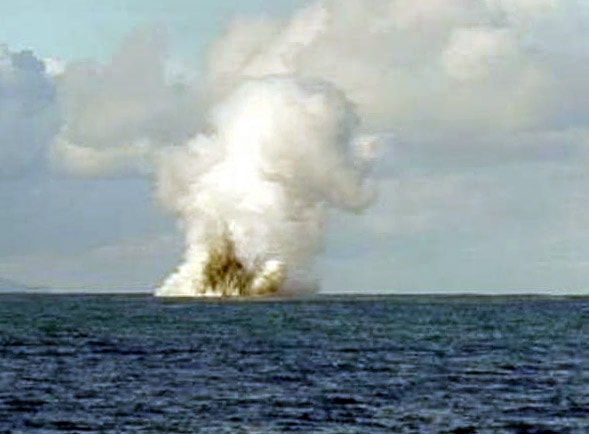
Wonders of the Solomon Islands
The Solomon Islands belong to comparatively little-known and little-explored countries of the world. Biological, archaeological, and geological research still provides new exciting information about these islands and many more discoveries are expected in the future.
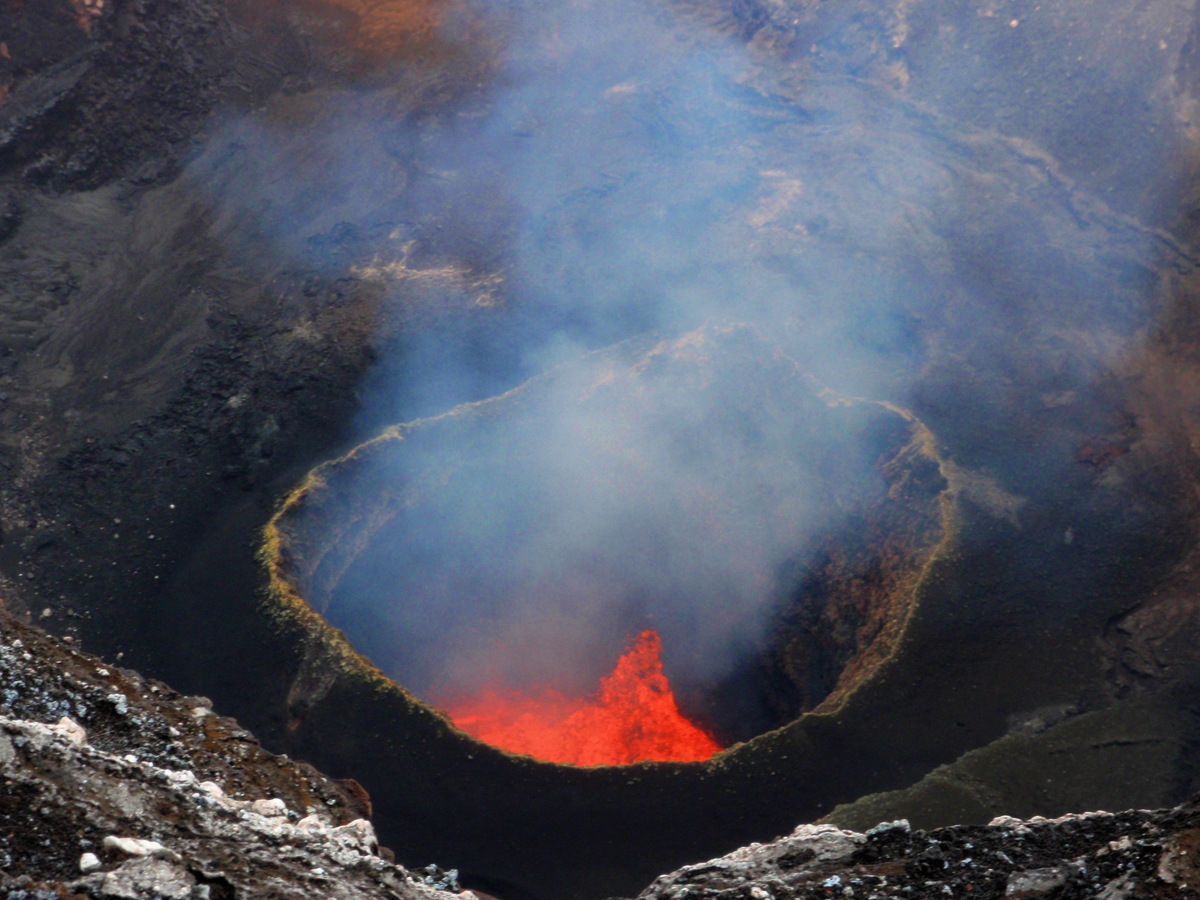
Wonders of Melanesia
The most amazing wonders of Melanesia are caves and sinkholes, very interesting ecosystems, and, especially – sites of unusual legends.
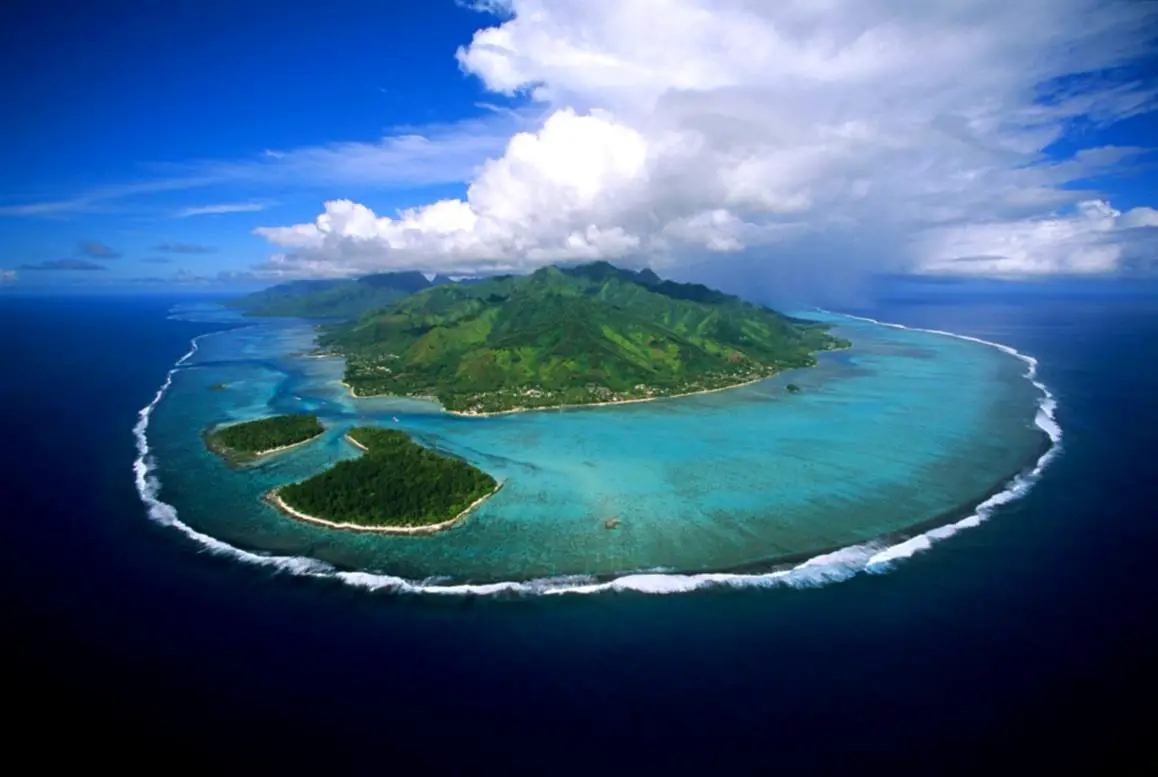
Wonders of Australia and Oceania
The word “exotic” definitely refers to Australia and Oceania. Here are located many unique and mysterious landmarks, many places here deserve to be called – “One of the most beautiful places in the world”.
 Recommended books
Recommended books


